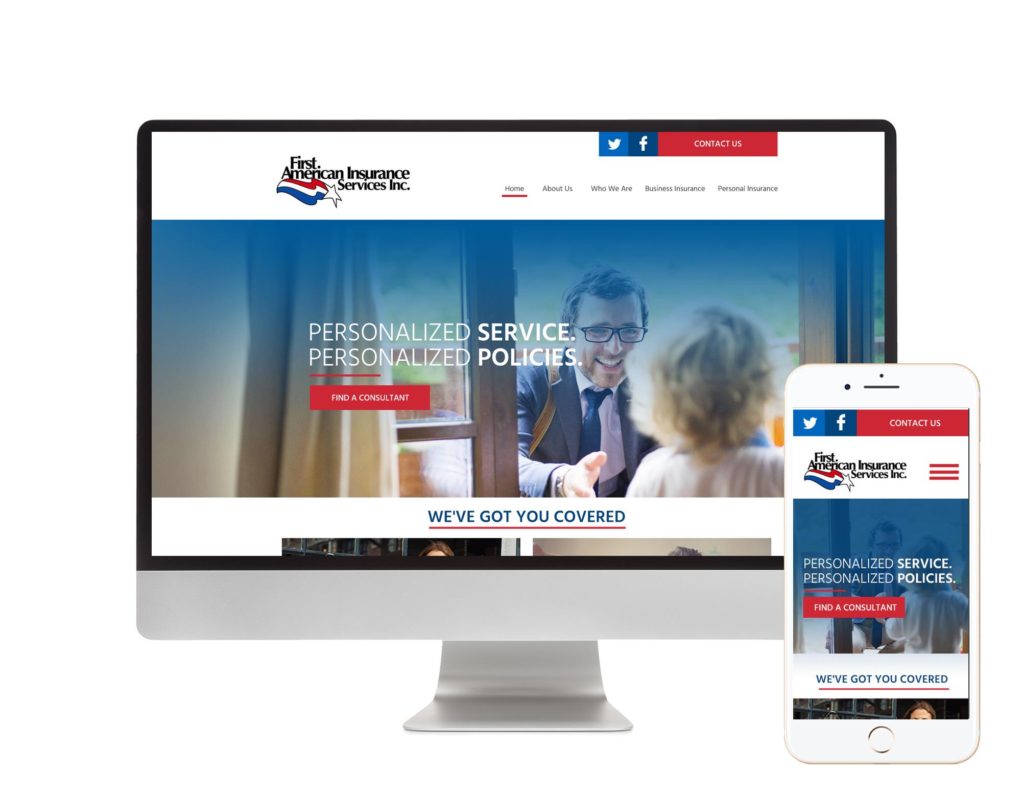There are many different ways to expand your brand audience and increase user traffic through search engine optimization (SEO). SEO is all about achieving rankings on search engines to attract more of your target audiences to your site and offerings. But SEO can also be used to grow a demographic that is interested in your brand’s products, services, mission, or practices, but not currently finding your site online. For example, there are many brands that hold a large audience in the 18-to-25-year-old demographic that wish to grow their customer relationships with older users, or vice versa. By retargeting SEO strategies and improving the complexity and depth of your brand content, you can attract a broader audience and increase brand awareness to demographics previously untapped. SEO is a key component to success as an online brand. Search engines like Google, Bing, and Yahoo use algorithms meant to better meet user inquiries and boost search satisfaction, but they can also be a gift or a curse for your website depending on your use of SEO tactics. With the help of MLT Group, you can increase your online presence through our expert SEO/marketing in St. Paul, MN.
Comprehensive Marketing Services
At MLT Group, our team provides comprehensive marketing services, including digital support, social media marketing, graphic design, web design, SEO, video production, and more. We can help your brand move to the top of Google search engine results pages (SERPs), bring greater and more meaningful attention to your site, increase conversion rates, improve your customer relationship management (CRM), and get an effective return on your investments (ROI).
SEO/Marketing Practices
There are several ways that SEO/Marketing practices work in your favor when done well and in good faith. Search engine algorithms use crawling bots to scan information on any given website. This includes the examination of everything from text and media content to the analysis of loading speeds and metadata. Those bots then report the information they’ve found to the search engine indexing system. Your website will be indexed until a user inquiry is made in the search engine. When a relevant search is performed, your site is ranked on the SERP based on how well the content the bots found can answer the user’s query.
Site Rankings
Using SEO to improve your site ranking requires understanding the best practices for keywords, “white hat” tactics, quick page loads, and global, national, or local geotargeting. Not all practices are right for every site. One size does not fit all when it comes to search engine optimization. Depending on your brand model, some methods may be more effective than others. A brand offering worldwide product distribution services, for example, may want to put greater emphasis on their global reach rather than localized SEO content. On the other hand, many small businesses can use localized SEO to great advantage.
What is Local SEO/Marketing?
Unlike global or even national SEO/marketing, local SEO puts the importance of a single area into a brand model. The reach of local SEO in the U.S. can go as wide as a region, such as the Midwest or New England area, or as narrow as a city or town. One of the most effective ways to integrate local SEO into your website is to use specific keywords paired with your target location, such as “free-range eggs in Memphis, TN” or “family-owned Tennessee farm.” Keywords and locations mentioned in text content are also supported if you provide a local business mailing address, phone number, and brick-and-mortar property.
A first stop for local SEO is claiming and optimizing your Google My Business page. Making sure the information there is accurate and complete is an important step.
Local SEO/Marketing Results
Another proactive way to increase local SEO results is to pair your website with popular social media platforms, such as Instagram, Facebook, YouTube, and Twitter. Social media gives you the invaluable option to directly link your business to permanent local hashtags and hashtags that trend temporarily in the region. Hashtags like “#memphisfarmers” or “#memphisfarmersmarket” are useful for grouping your brand with noncompeting similar small businesses or live events where customers can find you. These are also two examples of localized SEO on the microscopic level (“#memphisfarmers” only has about 70 tagged Instagram posts), and on a slightly larger, but still small, level (“#memphisfarmersmarket” has almost 3,500 tagged Instagram posts). Another benefit of pairing social media with your website is the way those platforms give you direct communication with your customers, users, and additional potential audience members. You can use social media to livestream videos that users can interact with through comments or reactions; create polls; make giveaway contests to boost brand excitement; and implement many other kinds of intimate communication pathways with your demographics.
Local SEO builds your brand as a part of a community. Whether your target audience is a small town, a large city, or even a multi-state region, there are many local SEO tools you can use to support your growth as a trusted provider of whatever kinds of goods, services, or other support you contribute to your area.
When Should You Use Local SEO/Marketing?
Even for certain small businesses, local SEO might be something to lean away from if the goal is expansion to a national level. However, for brands who want to be considered a part of their local community, provide their neighbors with the services they offer, and become a trusted business in their immediate area, local SEO is very important. Some basic rules for when to use local SEO include:
Physical Location of Business
- Your business is physically located near a customer base that would benefit from your goods and services. Your business would benefit from appearing in localized SERP inquiries. You want to attract users/customers in a specific geographic area, such as a neighborhood, city, county, state, or region.
- Part of your business model includes face-to-face interactions with customers. You own a physical retail space. You attend local events as a vendor or market through local events. Your competitors lean on local business operations and use local SEO. Your industry operates on a localized scale. Many of your customers are currently local to your region. (You can use website and sales analytics to determine where your customers are purchasing, searching, or interacting from around the world.)
- Your brand has reviews on Google, Facebook, Yelp, and other sites from local customers or targeted to local readers. You pay business and property taxes to your city.
There are many other reasons why you could be using local SEO/marketing to your benefit in addition to these few basic parameters. Generally speaking, if your customer base starts local, you can expand that audience by leaning into the effectiveness of localized services. However, this does not mean you can’t use national or global SEO to start to expand your definition of “local” as your business grows.
Not only does local SEO/marketing work in your favor if your brand meets some of these rules, but Google and other search engines often reward businesses using localized models. When SERPs can include richer answers to the user’s query, such as map locations, store hours, business profiles, directions, reviews, and more, Google will likely favor those rankings more than results that are marketed worldwide.
Global Market
The global market these days is also shifting in several ways that support local SEO and geotargeting. Not only are consumers more interested in supporting sustainable, ethical, and trustworthy brands, there is also a growing support for shopping locally, saving money on shipping costs, promoting independent and family-owned brands, and reducing the carbon footprint that large corporations are becoming more known for.
If you are looking to increase your use of local SEO/marketing in St. Paul, MN, we can help. Contact MLT Group at (507) 281-3490, sales@mltgroup.com for more information about our marketing services today.























